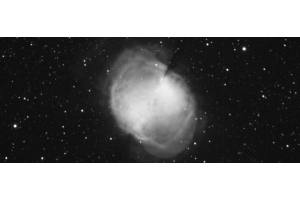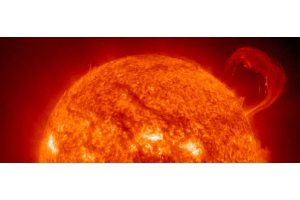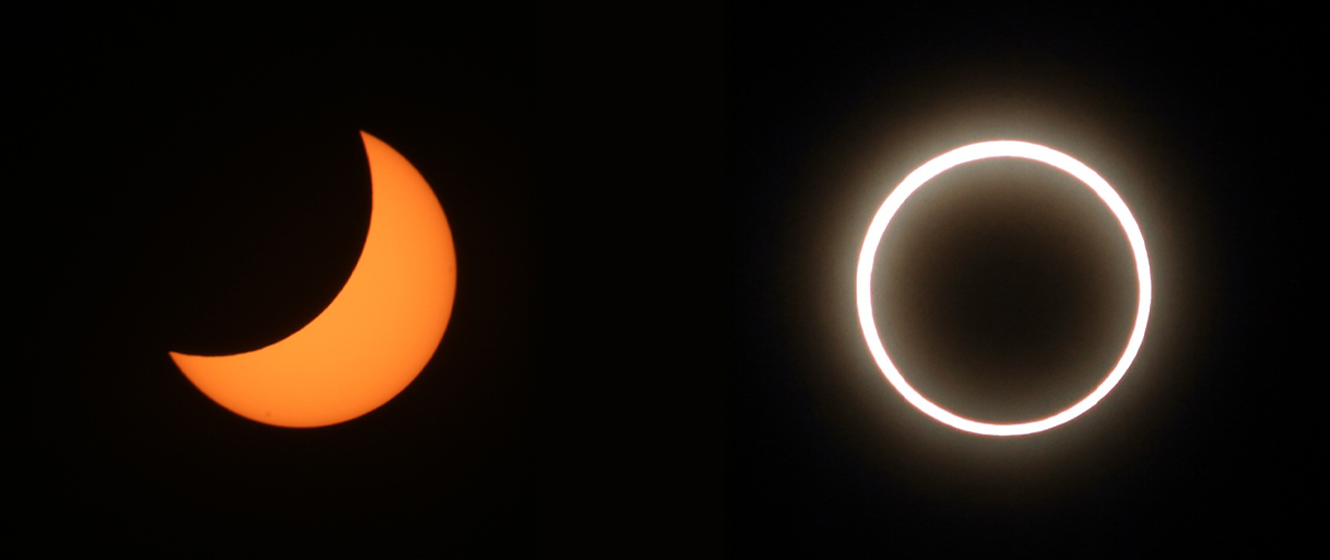
A solar eclipse occurs when the Moon passes between the Sun and Earth, casting a shadow on our planet's surface. During this phenomenon, the Moon appears to completely or partially cover the Sun, creating a dramatic and awe-inspiring celestial display. There are three types of solar eclipses: total, partial, and annular, each with its unique characteristics and causes.
Total vs. Annular: What’s the Difference?
A total solar eclipse is the most impressive type of solar eclipse. It occurs when the Moon completely blocks the Sun, allowing only its outer atmosphere, the corona, to be visible. This creates a stunning visual effect known as the diamond ring, where the corona's bright ring appears to surround the Moon's shadow. Total solar eclipses occur approximately every 18 months and are visible only in a narrow path on Earth's surface. This last occurred over the United States on August 21, 2017, and will again be visible over the lower United States on April 8, 2024.
A partial solar eclipse occurs when the Moon passes in front of the Sun, but it doesn't completely cover it. During this phenomenon, the Sun appears to have a darkened or bitten edge, and the Moon's shadow appears as a small black disk moving across the Sun's surface. Partial solar eclipses are visible from a much wider area than total eclipses, and they occur more frequently.
An annular solar eclipse is a type of eclipse that occurs when the Moon is at its farthest point from Earth, making it appear smaller than the Sun in the sky. During this eclipse, the Moon passes directly in front of the Sun, creating a bright ring, or annulus, of sunlight around the Moon's darkened disk. Annular solar eclipses occur more frequently than total solar eclipses but are still relatively rare. There will be an annular solar eclipse visible over the United States in October 2023.
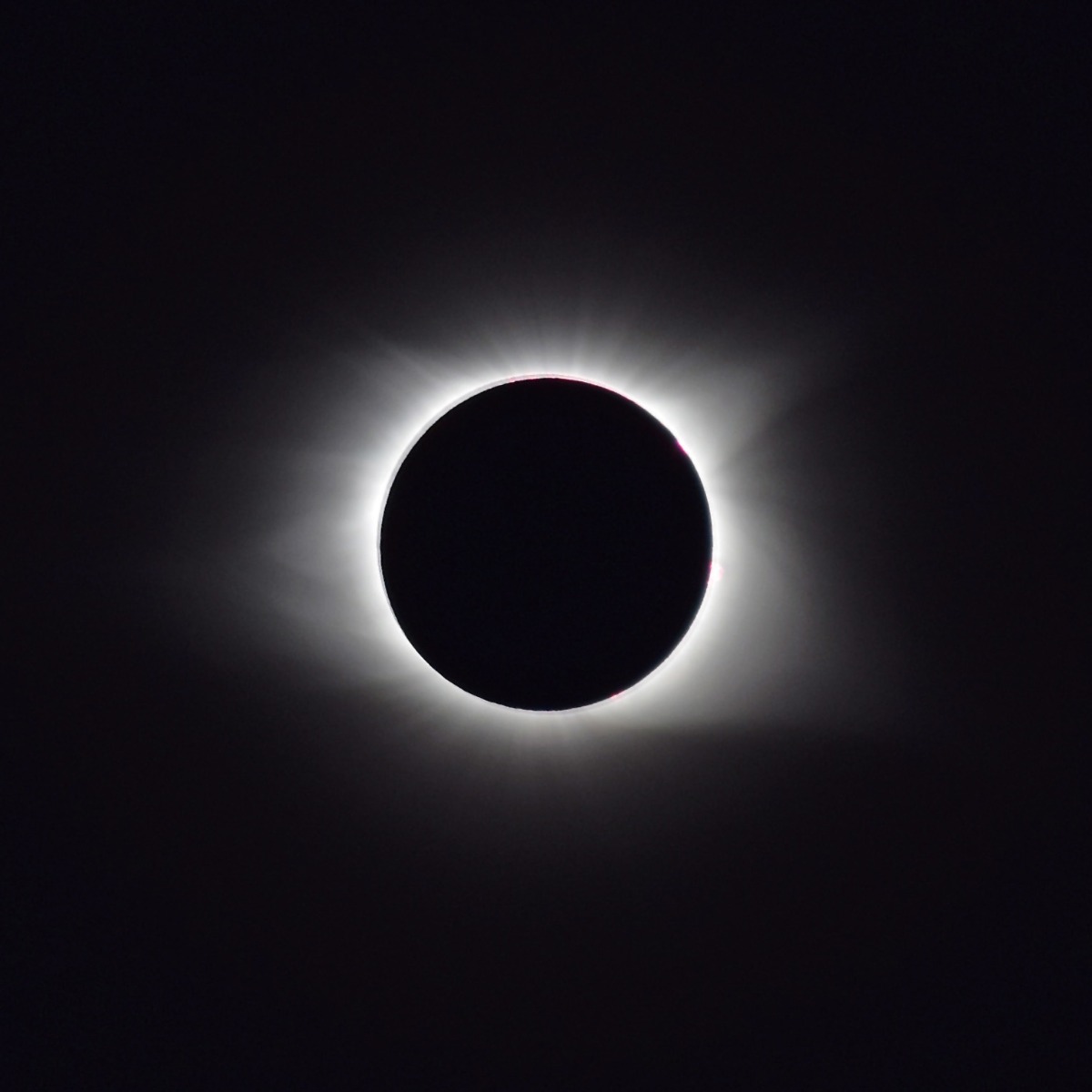 Click to Enlarge Image
Click to Enlarge Image
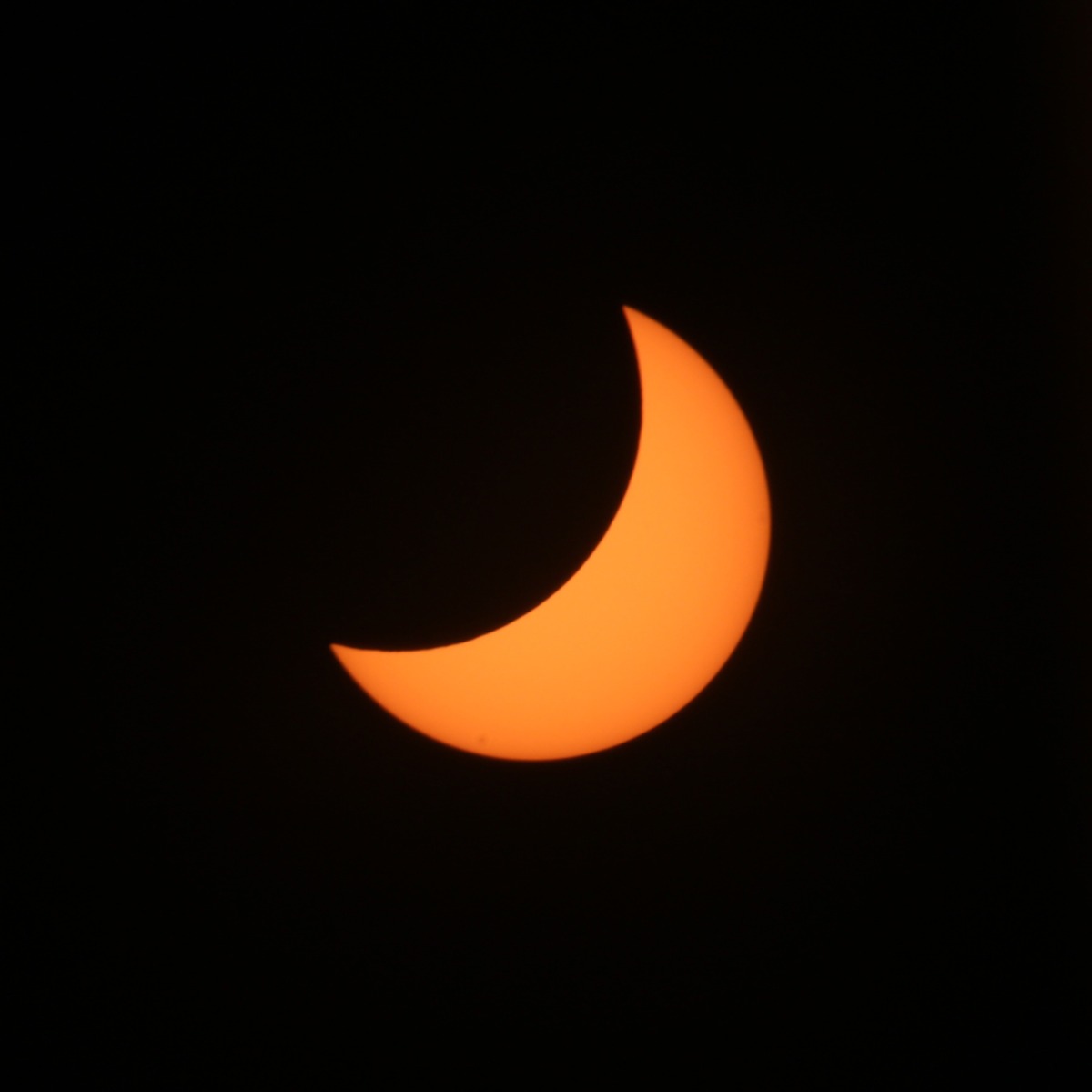 Click to Enlarge Image
Click to Enlarge Image
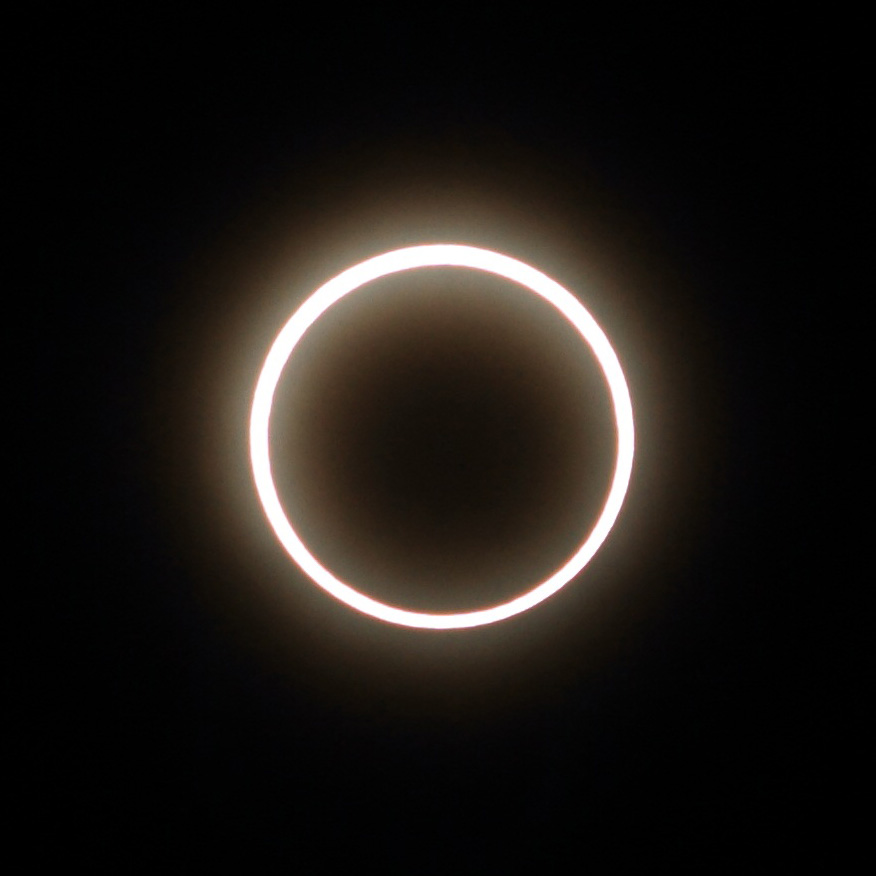 Click to Enlarge Image
Click to Enlarge Image
The science behind how solar eclipses occur is relatively straightforward. The Moon orbits around the Earth, and the Earth orbits around the Sun. The Moon's orbit is slightly tilted compared to the Earth's orbit around the Sun, which means that the Moon's shadow doesn't always fall on the Earth. When the three celestial bodies align correctly, and the Moon passes between the Sun and Earth, a solar eclipse occurs. Additionally, the Moon does not orbit the Earth in a perfect circle. Rather, its orbital is elliptical (oval-shaped) in nature. As a result, the Moon is not always at the same distance from the Earth during an eclipse. This is why an annular eclipse may occur instead of a total eclipse - the Moon’s angular size (or size in the sky) is too small to completely block the Sun.
Did you know that eclipses happen in seasons? Solar eclipses occur in seasons because the Moon's orbit is tilted relative to the Earth's orbit around the Sun. The Moon's orbit is inclined at an angle of about 5 degrees to the Earth's orbit, which means that it does not always cross the plane of the Earth's orbit around the Sun. As a result, the Moon's shadow does not fall on the Earth during every lunar orbit.
The alignment of the Earth, Moon, and Sun needed for a solar eclipse to occur does not happen every month. It takes about 6 months for the Earth to move from one side of the Sun to the other, which means that the Moon has to pass through the plane of the Earth's orbit during one of two points in its own orbit for a solar eclipse to occur. These points are called lunar nodes.
Because the Earth's orbit is also slightly elliptical, the distance between the Earth and Sun varies throughout the year. This means that the duration and visibility of a solar eclipse can vary depending on the time of year. Solar eclipses tend to occur in cycles of approximately 18 years and 11 days, called the Saros cycle, which is why we can predict their occurrence to some extent. Likewise, we can also predict a lunar eclipse will occur during the previous/next full moon for similar mechanisms.

Learn More
Interested in learning more about solar and lunar eclipses? Not sure where to begin? Check out our Astronomy Hub!















